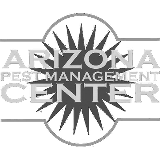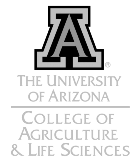As lettuce season approaches, irrigation management becomes critical for maintaining optimal soil moisture levels in the active root zone. Proper irrigation not only supports healthy crop growth but also prevents excessive water applications that can lead to nitrate leaching, an issue of both environmental concern and economic loss. Likewise, under-irrigation can reduce nitrogen uptake, as adequate soil moisture is essential for root absorption. This is especially critical in an extremely dry region like Yuma, where maintaining optimal soil moisture directly impacts both water and nitrogen use efficiency. This article provides an in-depth guide for growers on how to schedule irrigation based on crop growth stage, system type, and current weather conditions. The article introduces updated crop coefficient (Kc) values developed specifically for Yuma lettuce production through recent field research led by Drs. Sanchez and French, in partnership with Yuma Center of Excellence for Desert Agriculture (YCEDA). It also explains how to use the Arizona Meteorological Network(AZMET) and other practical evapotranspiration tools to make irrigation decisions more precise and site-specific.
Combining updated Kc values, local reference ET data, and irrigation efficiency concepts, this resource empowers growers to improve water use efficiency and sustain high yields and enhance different cropping systems in the region.
Click this link to read the full article: Estimating Crop Evapotranspiration Using Lettuce Crop Coefficients for Irrigation Scheduling in Yuma, Arizona.





